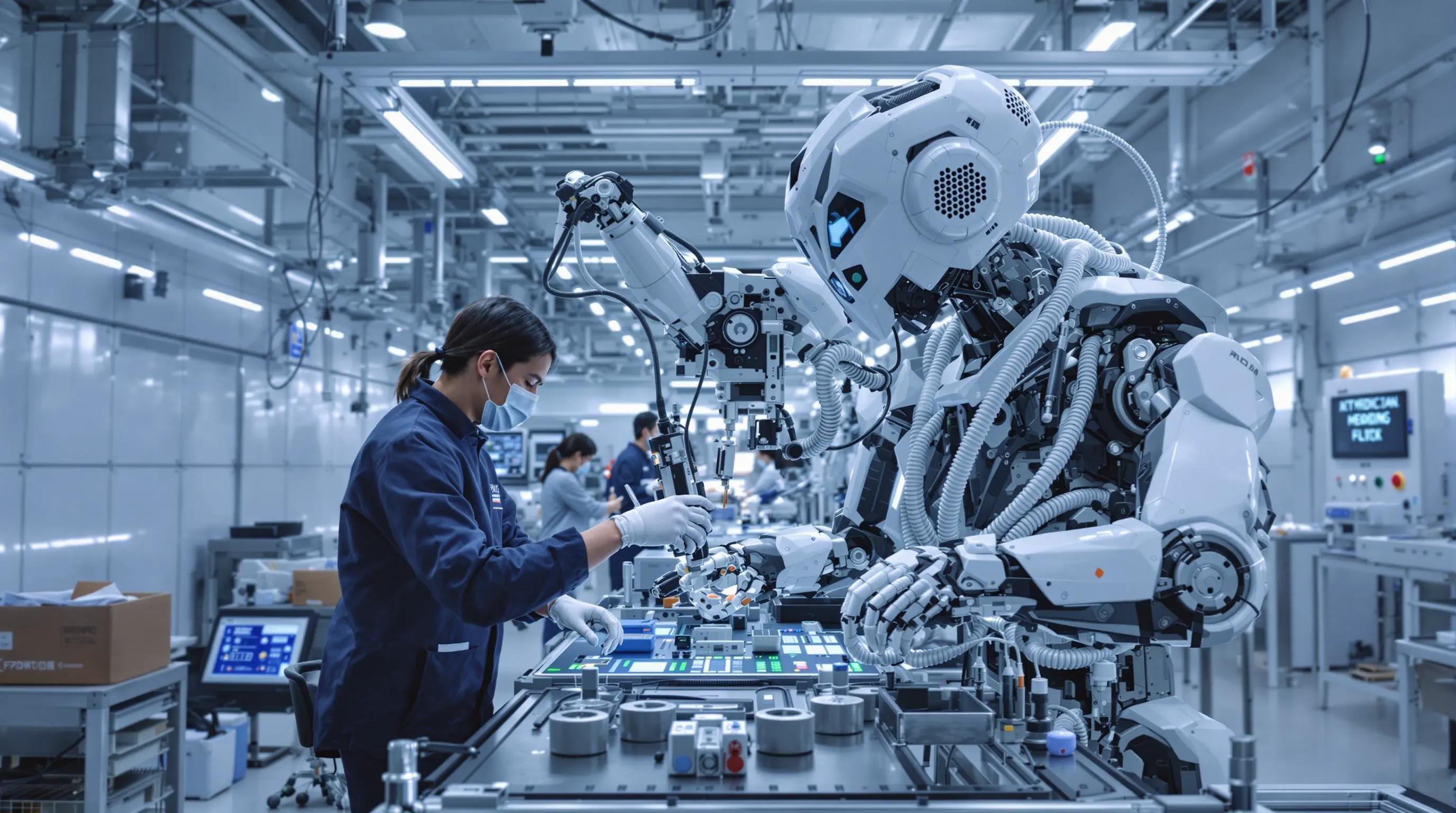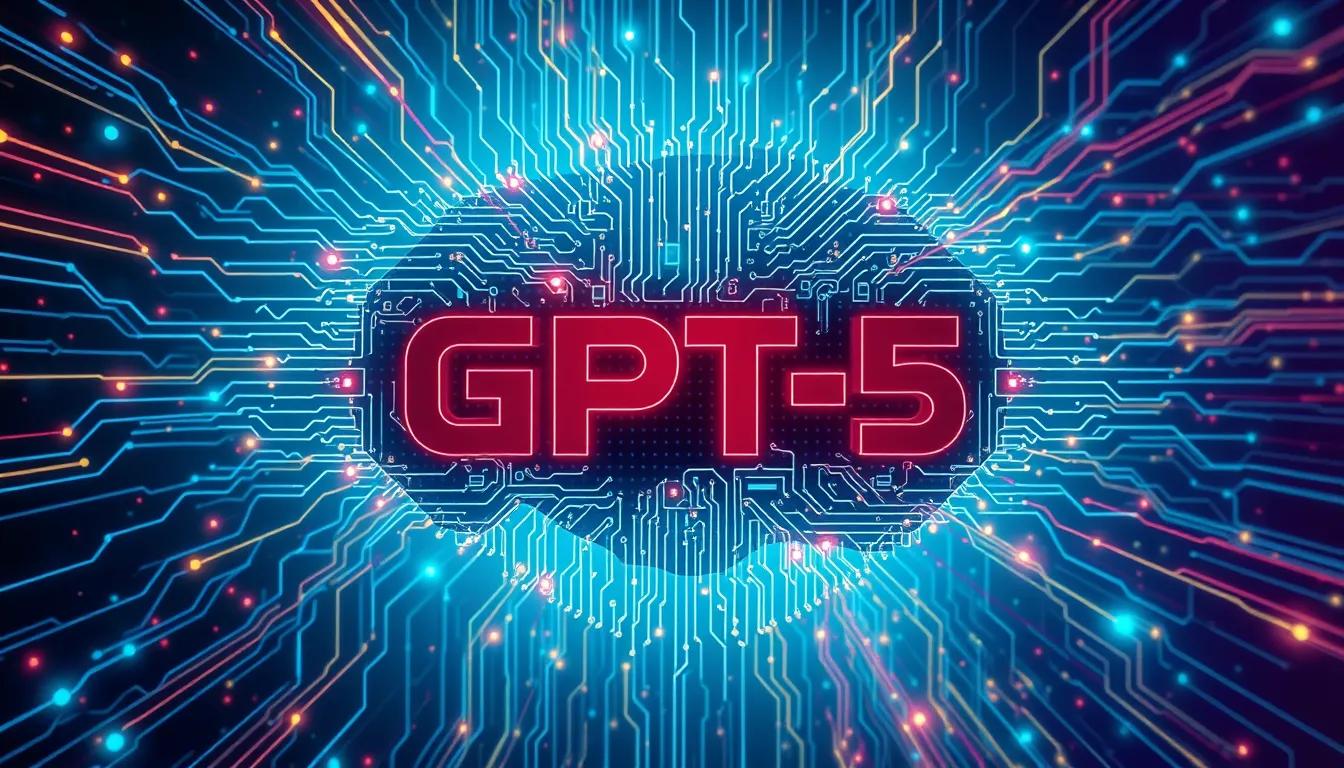May 15, 2024|5 min reading
Humane's Pin: A Leap Towards a Smartphone Alternative or a Misstep?

In a bold move to redefine personal technology, the American company Humane introduced the pin, a compact, wearable device designed as a potential substitute for the traditional smartphone. This revolutionary concept involves a device that clips onto clothing and incorporates advanced features such as a microphone, camera, and speaker, all without a conventional screen. Instead, it projects information directly onto the user’s palm. But as the first wave of users have begun exploring its capabilities, the reception is far from unanimously positive. Here, we delve into what makes the Humane pin a unique endeavor, its current shortcomings, and the optimistic outlook held by its creators.
A Glimpse into Humane's Innovative Design
Humane’s pin is not just another gadget; it's a radical rethinking of how we interact with digital technology. The device operates without a screen, relying instead on a laser projector to display outputs and controls directly onto the hand. This approach aims to keep interactions more natural and intuitive, blending seamlessly into daily activities without the barrier of a handheld device.
The Core Features of the Pin
At the heart of the pin's functionality is its integrated hardware and software:
- Processor and OS: Powered by a Qualcomm Snapdragon processor, the pin runs on Cosmos, Humane’s native operating system designed to optimize voice and gesture controls.
- Voice and Gesture Interaction: Users can control the pin using voice commands or gestures, allowing for a hands-free experience that supports multitasking and accessibility.
Projector-Centric User Interface
One of the most futuristic aspects of the pin is its projector. Instead of traditional touch interactions, users see and control their apps via projections on their skin. This feature could redefine mobile ergonomics, offering a new way to interact with technology.
The Reality of User Experience
Despite its innovative design, early adopters of the pin have encountered several issues that tarnish its promising outset:
- Performance Issues: Users report that the pin can be slow to respond and occasionally fails to recognize commands.
- Accuracy Concerns: There are instances where the pin delivers incorrect information, which can be misleading and frustrating.
- Ergonomic and Environmental Limitations: The gesture-based control system struggles in bright sunlight, and some users find the projector difficult to manipulate accurately.
Battery and Durability Challenges
Another significant concern is the pin's battery life and heat management. Users have noted that the device tends to overheat, especially when used with additional hardware enhancements.
The Future of Humane's Pin
Despite the setbacks, Bethanie Borgournau, a key figure at Humane and former Apple designer, remains hopeful. The company plans to roll out software updates to refine the pin's capabilities and address the user feedback.
Planned Enhancements and Updates
The forthcoming updates aim to improve the responsiveness and accuracy of the pin, potentially resolving many of the early criticisms. Humane is committed to evolving the pin’s features, including its AI and machine learning integrations, to better meet user expectations.
User Reception and Market Potential
The Humane pin represents a daring experiment in the tech industry, with its success yet to be determined. While some users express disappointment, others hold a cautious optimism, intrigued by its potential to disrupt the smartphone market.
Industry Implications
Should Humane successfully refine the pin, it could set a precedent for future wearable technologies, shifting how we think about and interact with our devices.
Conclusion
Humane's pin is an ambitious venture that melds cutting-edge technology with user-centric design philosophy. Although it currently faces significant challenges, the potential for improvement and innovation is substantial. As software updates and user feedback continue to shape the device, the pin may yet fulfill its promise as a true alternative to the smartphone, embodying the next step in the evolution of personal technology.
Explore more

NVIDIA and Japan: Driving the AI Revolution in Industry
Explore NVIDIA's role in Japan’s AI revolution, from AI agents to robotics, reshaping industries and powering innovation...

AI Translation Glasses: Breaking Language Barriers with Augmented Reality
Discover how AI translation glasses are transforming real-time communication with instant language translation, powered ...

Everything You Need to Know About GPT-5: The Future of AI
Discover everything about GPT-5, the future of AI, its advancements, and its groundbreaking impact on natural language p...
